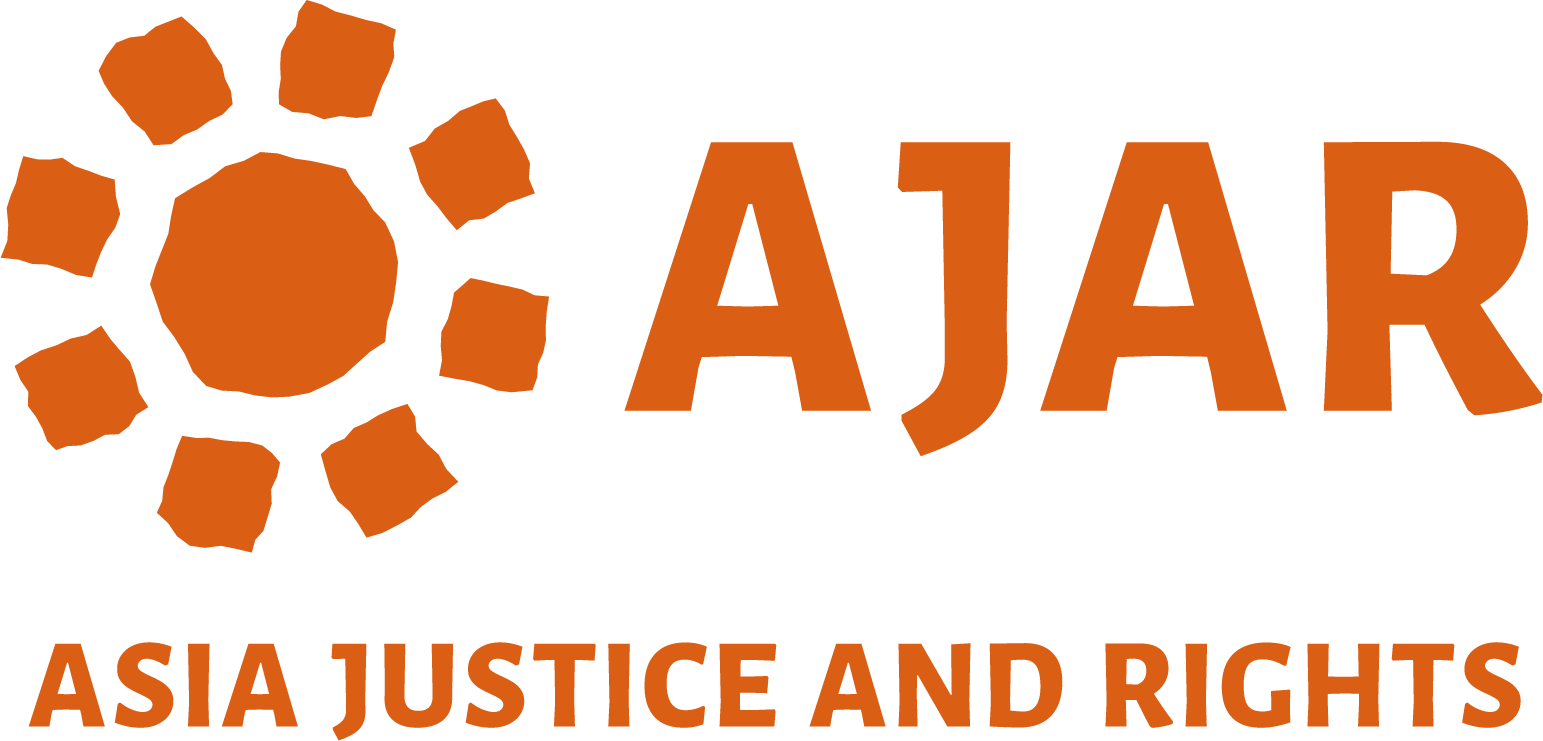 In essence, a memorial provides a physical place for families and communities to remember victims. More broadly, memorials represent a society’s acknowledgement of past violations that can serve as a commitment to non-repetition, fulfilment of human rights, and reconciliation. Memorials not only reflect social change, but serve as catalysts for it.
In essence, a memorial provides a physical place for families and communities to remember victims. More broadly, memorials represent a society’s acknowledgement of past violations that can serve as a commitment to non-repetition, fulfilment of human rights, and reconciliation. Memorials not only reflect social change, but serve as catalysts for it.
In societies where past human rights abuses remain veiled by political or social forces, memorials, or even the proposal of them by civil society, can shed light on a past abuse and obtain official recognition of it. In some instances, memorials, can serve as the first step on the road to accountability. They can promote an active citizenry by inspiring individuals to participate directly in the creation of a human rights culture that seeks to ensure such atrocities never happen again.
Memorials also create a powerful platform for survivors to tell their stories, whether or not these are linked to, or result in, social reforms. New museums and heritage sites built today almost always incorporate oral history testimonies to tell the story of the site or an event. This allows the experiences of ordinary people to be heard and ensures that a site expresses the intense emotions of people who once suffered extreme forms of abuse.
On the other hand, memorials can be misused to promote a victor’s account of an event or a period of history that denies the experiences of victims. They can be used to promote propaganda and hate, and instil a distortion of the truth in the next generation. They may also reinforce harmful gender stereotypes either by memorialising only men’s roles in a conflict and ignoring the role of women, or by representing men primarily as combatants and women primarily as victims or caregivers.
Memorials can bring people together by creating spaces for peace and the validation of people’s experiences, but they can also divide, by breeding contestation, hostility, and exclusion. In transitional justice, memorialisation cannot expect to be successful without a commitment by society to uncovering the truth, ensuring just reparations, and promoting reform to guarantee that such violence and violations do not reoccur.
The process that is followed when developing a memorial project is essential to ensuring its success as part of a transitional justice process, perhaps even more important ultimately than the physical memorial itself. The process itself can bolster or undermine the credibility and legitimacy of the memorial, and therefore determine the success or failure of the project. In essence, memorials should never speak on behalf of victims and survivors without a thorough consultation and collaboration process with important stakeholders. The process should be deliberate and tailored to a specific context. It should take into account local needs, priorities, and interests.
